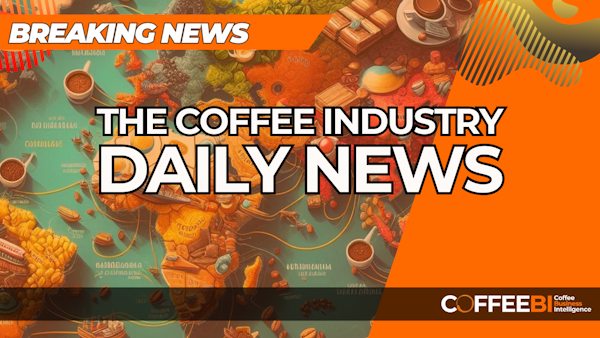Specialty Coffee Market in the United States: 2025 Trends and Strategic Shifts

Specialty Coffee Market in the United States: 2025 Trends and Strategic Shifts
Specialty coffee consumption in the United States has reached a 14-year high in 2025, driven by a combination of changing consumer preferences, premiumization, and the pursuit of unique coffee experiences (National Coffee Association, 2025) [3]. The latest market data reveals that 64% of Americans aged 25–39 reported drinking specialty coffee in the past week, outpacing all other age groups (National Coffee Association, 2025) [3].
Market Growth and Segmentation
The U.S. specialty coffee market is projected to grow at a robust 9.5% CAGR from 2025 to 2030, reaching an estimated $81.8 billion by 2030 (Grandview Research, 2025) [6]. In contrast, the overall coffee shop industry is approaching maturity, with a sharp slowdown in growth to just 1.3% annually expected between 2025 and 2030 (IBISWorld, 2025) [6]. This bifurcation underscores a critical industry shift: while the mass market plateaus, significant growth persists in premium and specialty segments (Grandview Research, 2025) [6].
Consumer Behavior and Out-of-Home Consumption
Specialty coffee consumers are more likely to purchase coffee out-of-home compared to traditional coffee drinkers. In 2025, 35% of past-day specialty coffee drinkers had their beverage prepared at a coffee shop or café, compared to only 20% among traditional coffee drinkers (National Coffee Association, 2025) [3]. However, home preparation remains significant, with 74% of specialty coffee drinkers also preparing coffee at home (National Coffee Association, 2025) [3].
Competitive Pressures and Market Consolidation
The industry is experiencing consolidation, with the total number of U.S. coffee and snack shops declining by 5.5% from 2020 to 2025 (IBISWorld, 2025) [6]. Remaining businesses are demonstrating higher productivity, as average revenue per shop continues to rise (IBISWorld, 2025) [6]. Notably, branded outlets are expanding, with projections for over 51,100 branded locations by 2029 (World Coffee Portal, 2025) [6].
Price Pressures and Strategic Responses
Skyrocketing green coffee prices throughout 2025 have forced operators to revisit pricing strategies and operational efficiency (Fresh Cup, 2025) [7]. Many roasters are shifting toward blends and less expensive origins to preserve margins (Coffee Intelligence, 2025) [4]. Coffee shops are gradually passing higher costs to consumers, though often sacrificing short-term margins to soften the impact (Fresh Cup, 2025) [7].
Innovation and Differentiation
With increased competition and narrowing price gaps between specialty and conventional coffee, brand storytelling, sustainability, and digital engagement have become vital tools for differentiation (Perfect Daily Grind, 2025) [5]. Operators are leveraging technology to enhance traceability, efficiency, and transparency while fostering stronger connections between producers and consumers (Perfect Daily Grind, 2025) [5].
Health Perception and Regulatory Shifts
The FDA’s recent “healthy” rule, which now allows plain coffee to be labeled as healthy, has positively influenced consumer perceptions. In 2025, 61% of specialty coffee drinkers believe coffee is beneficial for health (National Coffee Association, 2025) [3].
Summary of Key Trends
- Rapid growth in the specialty segment, contrasted with overall market maturity (Grandview Research, 2025) [6].
- Shifting sourcing and blend strategies in response to rising input costs (Coffee Intelligence, 2025) [4].
- Increased emphasis on sustainability, innovation, and consumer engagement (Perfect Daily Grind, 2025) [5].
- Consolidation and the expansion of branded coffee outlets (IBISWorld, 2025; World Coffee Portal, 2025) [6].
- Health-driven marketing and regulatory changes shaping consumer attitudes (National Coffee Association, 2025) [3].
As the U.S. specialty coffee market evolves, operators and suppliers must continue to adapt through innovation, strategic sourcing, and targeted consumer engagement to capture ongoing growth opportunities.
